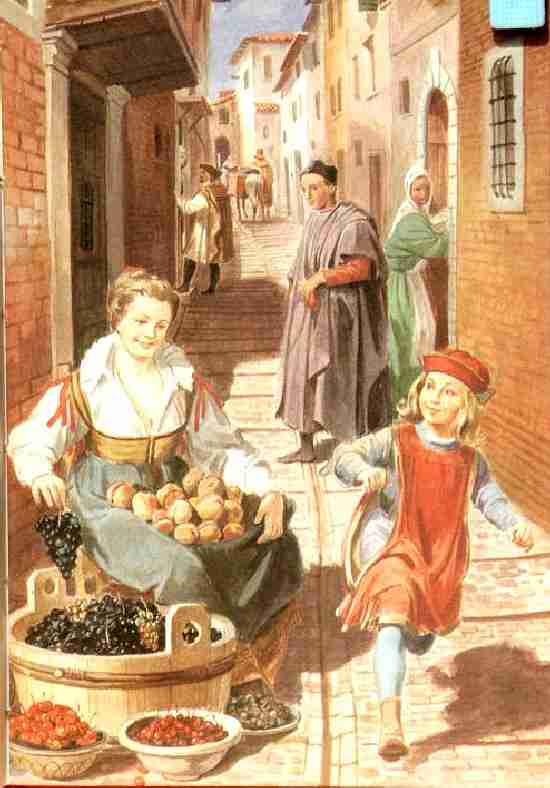
Figure 1.--Raphael was born in a hill city of Urbino, Italy. He had already as a young adult, had painted world renowned masterpieces. Amongst many other achievements, Raphael was second to Michelangelo to work on the ceiling of the Sistine Chapel.


Figure 1.--Raphael was born in a hill city of Urbino, Italy. He had already as a young adult, had painted world renowned masterpieces. Amongst many other achievements, Raphael was second to Michelangelo to work on the ceiling of the Sistine Chapel. |
Raphael was born in a hill city of Urbino, Italy. He had already as a young adult, had painted world renowned masterpieces. Amongst many other achievements, Raphael was second to Michelangelo to work on the ceiling of the Sistine Chapel. Aitchison's engaging illustration shows him as a child in the city of Urbino.
The book tells us, "Raphael unlike Leonardo da Vinci and Michelangelo, was not a native of Florence. He was born in 1483 in the hill city of Urbino. His father, Giovanni Santi, was an artist of some reputation, employed by the dukes of Urbino who had a splendid palace containing Italian and Flemish paintings."
Little is known of his childhood except that his mother died when he was 8 years old and his father died when he was eleven. Raphael's father had entrusted him to the care of a local artist named Evangelista Mileta and in 1495 came into contact with well known painter Perugino, becoming his assistant at the age of 17.
By 1504 at the age of 20, Raphael was already an accomplished painter with his masterpiece 'The Marriage of the Virgin'.
Raphael then realized that he wanted to see the magnificent works of art being produced in Florence and in 1504, moved to the
city.
During this time Leonardo da Vinci was painting his Mona Liza and Raphael was impressed and influenced with Da Vinci's style
and technique. Raphael also met monk Fra Bartolommeo who taught him about colour and perspective. Raphael still continued to visit
Perugia and he completed some of his works he had begun there. He was considered as the 'best painter in Perugia' but he was
overshadowed by the genius of Michelangelo and Da Vinci.
In 1508 Raphael went to Rome and became a salaried court painter in 1509. As a frescoe painter, Raphael became second only to
Michaelangelo, who was at that time engaged on the ceiling of the Sistine Chapel. Raphael gradually became an extremely busy painter.
He also completed a series of paintings for Pope Julius II in the Stanza Helidorus. These illustrated the military exploits of the soldier -
Pope, and show how God had supposedly helped him to win his victories.
Raphael had developed into being a successful portrait painter. His fine picture of Pope Leo X was admired by Rembrandt.
Raphael showed people as they really were, and did not work in a stylized manner such as Rubens and Van Dyck. The Madonna's
he painted in Rome are even finer than those he had done in Florence. 'The Sistine Madonna' is perhaps the greatest of them all.
In 1514, Raphael was appointed chief architect of St. Peter's, a position which Michaelangelo was to occupy later. He became
more interested in architecture and left much of his paintings to assistants.
The book tells us that "Raphael was learned man, but he did not write about himself, as did Leonardo and Michelangelo. He was an observer of mankind,
and his delight as a painter was to fit figures into a landscape or architectural setting to make a harmonious unity."
Raphael's last picture, a "Transfiguration of Christ' was unfinished when he died. It was hung above his bier as he lay in state.
He died of a 'continuous and acute fever' at the age of 37.
Aitchison, Dorothy. Great Artists book 2 (Ladybird Book, series 701, published in 1970).
Navigate the HBC literary pages' Historical Clothing Web Site:
[Return to the main Main Ladybird Books great artist page]
[Return to the main Main children's literary page]
[Return to the main Main literary page]
Navigate the Boys' Historical Clothing Web Site:
[Introduction]
[Activities]
[Biographies]
[Chronology]
[Clothing styles]
[Countries]
[Bibliographies]
[Contributions]
[FAQs]
[Glossaries]
[Satellite sites]
[Tools]
[Boys' Clothing Home]
